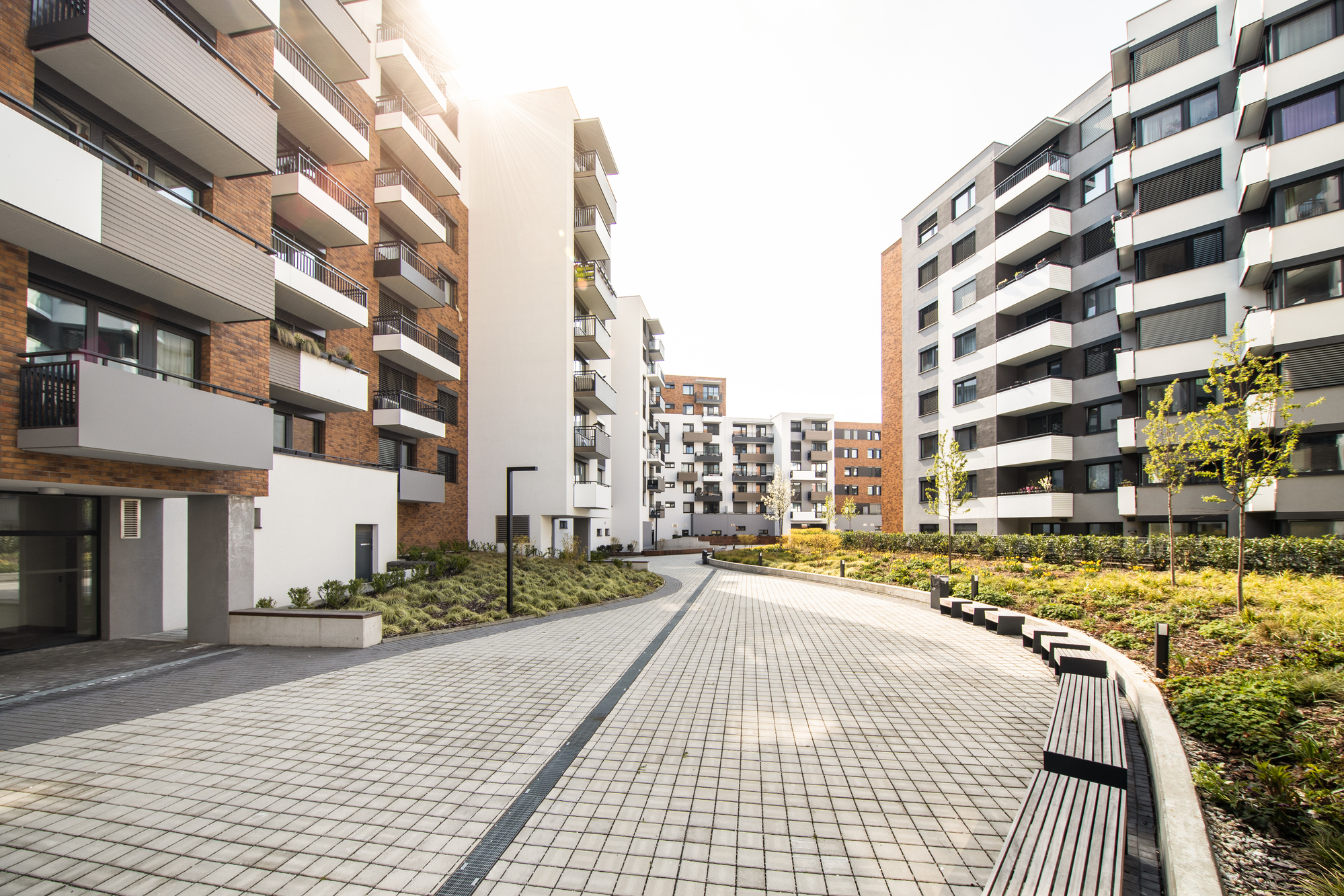The exodus from the GTA is well documented, but an Engel & Völkers report is shedding light on what buyers are leaving for.
Although COVID-19 has spooked people into leaving dense cities like Toronto, the pandemic has elucidated the importance of social interaction, and while people yearn to feel safe, they also crave community now arguably more than ever.
“They want more elbow room and more space that they don’t have in the main urban centres, but they still want to be connected to people. They don’t to be out on 20 acres in a rural area,” Barrie-based Jeremy Brooks of Engel & Völkers told CREW. “They want a place that has a sense of community, park space and great outdoor amenities that they can access on a regular basis.”

Barrie teems with mile upon mile of walking and biking trails, not to mention beautiful beaches.
To that end, buyers are looking for a combination of cottages and full-time homes, which is why people are cottages. Barrie is known for its four-season great outdoors and, added Brooks, 65% of buying activity in the city is coming from people leaving the GTA. That’s also had a profound effect on the price of single-family detached houses in Barrie, a city replete with subdivisions.
“We’ve seen the most demand from people moving from a semi-detached home or a condo into a 3,000-4,000 sq ft house in a subdivision here,” said Books. “Those houses cost $600,000-700,000 a few years ago but now they’re million-dollar homes because people have realized they can increase their living space. They want more space both inside and outside their home.”
Inside their homes, the so-called “Zoom room” is also in high demand from buyers, many of whom permanently work from home and desire optimal space. If they have children, a room that’s soundproofed from commotion in their homes is important.
“We have a lot of buyers who want larger homes with more bedrooms that they can dedicate as an office, if there isn’t already dedicated office space in the homes. They can go close the door for six-to-eight-hour workdays and be connected to their offices while being disconnected from the rest of the home so that there aren’t any interruptions. There’s high demand for dedicated closed door work space.”
Neil Sharma is the Editor-In-Chief of Canadian Real Estate Wealth and Real Estate Professional. As a journalist, he has covered Canada’s housing market for the Toronto Star, Toronto Sun, National Post, and other publications, specializing in everything from market trends to mortgage and investment advice. He can be reached at neil@crewmedia.ca.









